
Eggs realized in marble and precious materials: an ancient tradition
Since the beginning of time, the egg is a great inspiration for philosophers and artists in the creation of sculptures, paintings and jewellery. It is a symbol of life and rebirth. According to the tradition, real hen eggs, decorated and carved marble eggs realized with precious materials and stones and recently also chocolate eggs are given as gift in order to wish prosperity.
Our marble eggs

Collection work in unique copy. Limited edition!
To keep the tradition alive, we have created handmade eggs with multi-coloured precious marbles!
The works are realized taking into consideration the raw material selection, the handcrafted manufacturing and the handmade polishing in order to enhance the natural colour. Marbles with veins, colour insertions and shades that make each egg exclusive.
Precious marbles: Bardiglio nuvolato, Bianco Statuarietto, Black & Gold, Breccia Rouge de Rance, Emperador Dark, Giallo Siena chiaro, Giallo Siena scuro, Nero Marquina, Nero Saint Laurent, Rosso Imperiale, Rosso Levanto, Verde Alpi, Verde Issogne, Breccia Salomè
- MINOR: length 16 x diameter 12,4 cm – weight from 3,3 to 3,5 kg
- MAIOR: length 20 x diameter 14,2 cm – weight from 5,2 to 5,7 kg
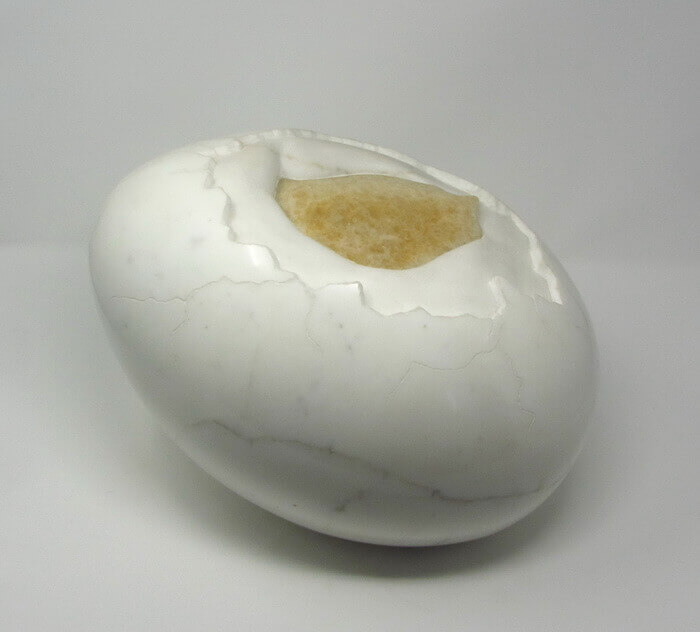
“Vita” – Stefano Facchini’s sculpture – Arte 2000. Statuario and Onice Miele marble
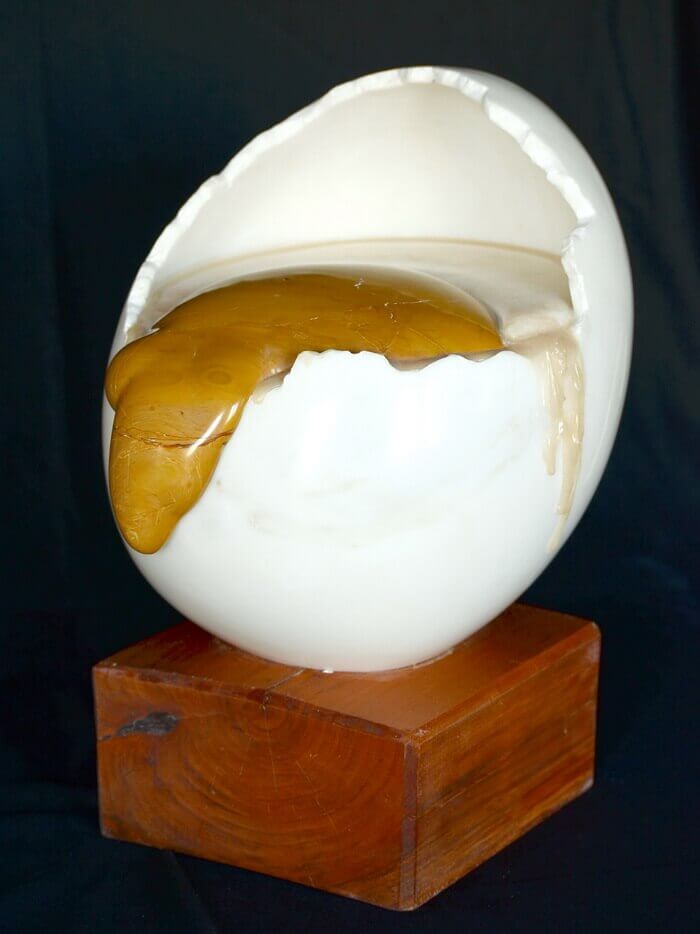
“Vita interrotta” – Stefano Facchini’s sculpture – Arte 2000. Statuario, Onice Miele and Giallo Siena marbles
The egg in the mythology

Enfant-géopolitique observant la naissance de l’Homme nouveau – Salvador Dalì
The cosmic egg was a mythological element used by ancient civilizations to tell the mystery of the creation of the universe; it represented the original unit of two parts symbolizing the sky and the earth. The ancient Egyptians even considered it the core of the four elements: air, water, fire and earth. The egg, with its perfect shape, without edges, without beginning or end, was also a holy symbol used to represent the life, the rebirth, the fertility and the resurrection.
The symbolism is due to the function to save and ensure the continuity of the life inside it recalling, also in the shape, the womb.
Ancient symbol of the springtime rebirth
The custom to give eggs to celebrate the beginning of spring was very popular in the ancient times; it was passed down, 4000 years ago, by the Persians than by the Egyptians and by the Greeks. On the occasion of springtime festivities and celebrations, they used to exchange the eggs with rituals for the life, fertility and the rebirth of nature. The Romans painted them in red colour and then buried them in the fields to propitiate the productivity and the abundance of the harvest.
The Christianity reworks the symbolism of the egg
With the advent of Christianity, the egg, resembling a stone and apparently with no life, is associated with the stone tomb in which Jesus was buried: both contain a life ready to be born and come out. As the chick is born and comes out from the shell of the egg, so Christ resurrected and came out from the tomb. The egg becomes the symbol of passage from death to a new life and of hope in the future resurrection of believers. The symbolism was reinforced by the obligation of abstinence from meat during Lent, until the twentieth century also eggs and dairy products were prohibited. Therefore the breeders could neither eat nor sell them; so the custom to make them hard-boiled, to paint them with holy colours and symbols and to bring them to the Church for the blessing, began to spread. Currently it is the Easter symbol par excellence.
Symbolism in Christian art

Montefeltro’s basrelief – Piero della Francesca
The egg is often represented in paintings and sacred sculptures as a sign of life, birth and resurrection. It is present in the bowl-shaped vault of the apse of the churches or held in the hands of the Madonna and Mary Magdalene. Marble eggs have been found in the Roman catacombs.
The rabbit with the eggs: symbol of prosperity
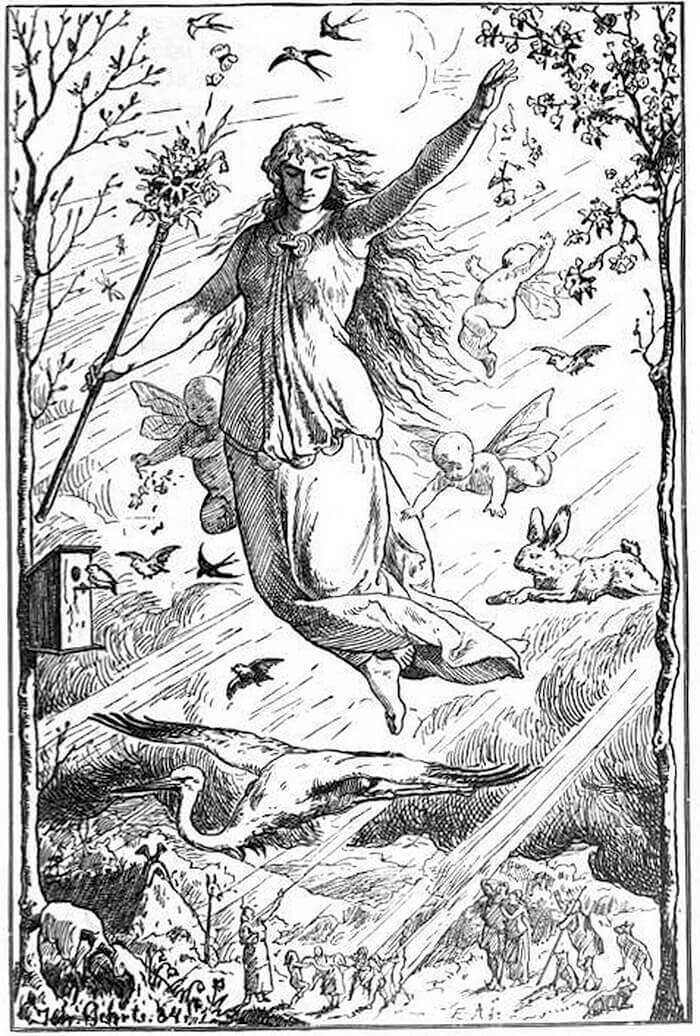
Ostara – Johannes Gehrts
The Easter rabbit originated from the Ostara Germanic festivity which is still celebrated today by modern pagan religions on the day of the spring equinox. It is used as a symbol of rebirth of the nature, fertility and prosperity and is very similar to a hare for the amorous dances performed in the meadows at the beginning of the good season and for the prolific reproduction.
Ostara, also called Eastre and Eostar, took its name from the Eostre divinity which is related to the productivity of the land and to the abundance of the harvest, whose sacred animal was exactly the hare. According to legend, one day a bunny, to please the goddess, left around coloured eggs; the goddess appreciated it so much that she asked to the bunny to go around the world to repeat the gesture. With the advent of Christianity, this pagan ritual has been assimilated to Easter, which occurs in the same period and has given origin to the words Easter in English and Ostern in German. The bunny, which brings eggs as a gift or hides them in the gardens so that the children can find them, has become an Easter symbol.
From religious symbol to precious gift
During the Middle Ages, there was the tradition to give decorated hard-boiled eggs to children and servants in order to celebrate the Resurrection. The custom seems to date back to 1176, when the imperial abbot of the Saint-Germain-des-prés abbey gave to Louis VII, King of France, on his return after a Crusade, a large quantity of products coming from the countryside and including many hen eggs that were later painted and distributed among the people. In the following centuries, the nobles turned their attention to refined artistic works realized in platinum, gold, silver, stones and precious materials. In the fourteenth century, Edward I, King of England, commissioned 450 eggs covered and decorated with gold to be given at Easter. The custom to insert a surprise inside it, dates back to the 16th century when an egg shell, containing a wooden engraving representing the Passion of Christ, was offered to Francis I, King of France.
Fabergé eggs: a world famous treasure

Imperial egg – Fabergé
The first luxurious egg was designed and created by the Russian goldsmith Peter Carl Fabergé in 1885. Alexander III, tsar of Russia, asked him to realize, as Easter surprise, a special jewel for his wife Maria Fyodorovna. Fabergé created a white lacquered egg: inside there was a golden egg containing a coloured little hen with a miniature copy of the imperial crown and the latter kept inside a small ruby egg. The Tsarina was enthusiastic and so the tsar decided to nominate him “court jeweler” and commissioned him to create an exclusive work every year. Between 1885 and 1917, fifty-two Easter imperial eggs, considered works of high jewellery, were realized using gold, refined stones and precious metals. The reputation of the first Fabergé egg contributed to spread the tradition of the surprise egg.
Chocolate egg: a recent version of the Easter egg
At the beginning of the 18th century, Louis XIV, King of France, known as Sun King, commissioned to the court chef the first chocolate egg. During the 18th and 19th centuries, the Easter egg tradition lost its connection with religion. In 1875, the Cadbury English confectionery company created the first chocolate surprise egg and started the mass production. The surprise inside the egg intensified the children request with consequent need for an industrial production and increase of the marketing.
Also for chocolate eggs, the handcrafted manufacturing remains an added value.
“Which came first, the chicken or the egg?”
It is one of the most famous paradoxes, it summarizes man’s difficulty in understanding the origin of his existence. The beauty of the egg also lies in this great mystery.
Editor’s note
This article contains general information. For questions and curiosities leave a comment below. If you wish to be contacted, please fill out the form.
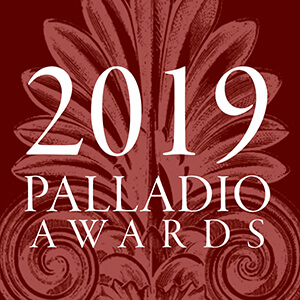
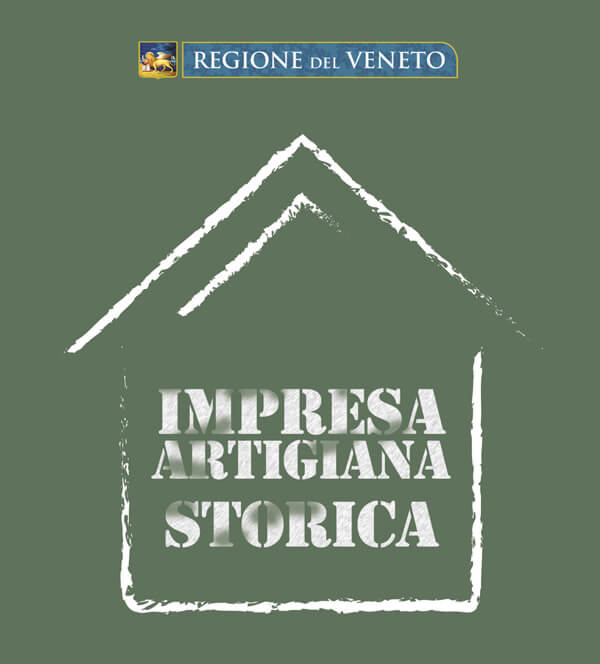
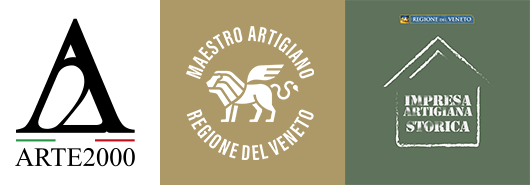
Robyn Rowland
30 May 2023 at 16:12so interesting.
Arte 2000 - Paola
31 May 2023 at 8:28Very thanks Robyn, I’m happy for your opinion
Michael Mangal
20 April 2025 at 13:39I am so amazed by this story of eggs. Eggs from wild birds and lizards played a crucial role my childhood days, providing nutrition and others elements essential for my body building in my stone age Society of the Central Highlands of New Guinea some 60 years ago until today.
Arte 2000 - Paola
22 April 2025 at 18:45Thank you very much Michael for sharing your story with us, this is very nice! The Eggs have always had a fascination in history and art. Paola